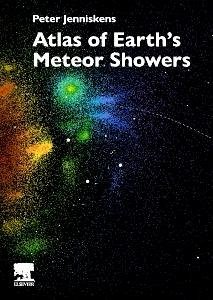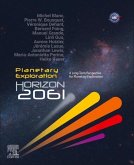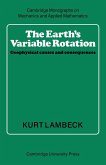The International Astronomical Union formalized the naming of meteor showers in 2006. Each newly discovered shower now is assigned a unique and officially recognized name, number, and 3-letter code. Close to a thousand possible meteor showers have since been reported, over a hundred in the cause of writing this book. Atlas of Earth's Meteor Showers takes stock of all reported detections by going back to the combined video and radar data in hand at the end of 2021, in order to weed out duplicates and false detections. Maps were created that show the direction of motion of meteors (their radiant) during 5-day and 10-day intervals throughout the year. All 500+ showers recognized are briefly described from their radiant, speed, and orbital elements, and the meteoroid mass distribution index was calculated. Physical properties of the meteoroids were derived from their beginning, peak and end height, from their deceleration in Earth's atmosphere, and from spectroscopic information. Candidate parent bodies are mentioned and the age of the stream was calculated from the dispersions in orbital elements and from the meteor magnitude distribution index. A brief history is given of the shower's discovery, of when features were first recognized, and of results from dynamical modeling, all with references to the literature.








